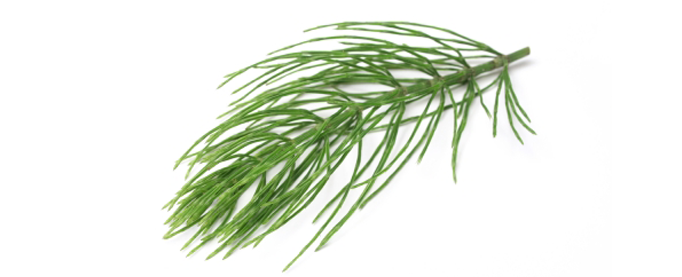Packaging: 70g (or 500g & 1kg) containing the above-ground parts of the plant.
(Price includes VAT)
Other Names: Horsetail, Equisetum, Horse Tail
Properties:
● Strong diuretic.
● Treatment for inflamed and enlarged prostate and cystitis.
● Reduces bleeding and heals wounds (for washes).
● Against osteoporosis.
● For lung and kidney disorders.
● Against urinary tract inflammation.
● Helps with ear pain (for washes).
● For skin disorders, eczema, and acne (for washes).
● Anti-rheumatic (for baths).
● Tissue tonic.
● Helps with painful menstruation.
● Against arteriosclerosis.
● Particularly effective for hair loss problems (for washes).
● Rich in minerals and calcium.
● Incontinence.
Origin: Greece, Imathia region (collected from the Pieria Mountains, at low elevation).
Storage: Store in a cool (5°C – 15°C) and dark place.
Preparation:
1 tablespoon of crushed horsetail (or a small pinch of uncrushed) is placed in a container with 1 glass of water, boiled for 5 minutes, and then strained before drinking.
For washes, prepare the above tea more concentrated at a dosage of 50-60g in one liter of water.
For baths, soak 100g of the herb in hot water for one hour and add this water to the bath.
Historical Information:
Horsetail is one of the oldest plants on earth, existing for about 390 million years. The botanical name Equisetum comes from the Latin "equus" (horse) and "sacta" (hair), as its stems are hard like horsehair. Due to its high silica content, it was used for cleaning tin utensils.
Another view is that the branches resemble a horse's tail, hence the name "hippuris." The silica provides the plant with valuable therapeutic effects, as it is important for the construction of bones, teeth, nails, and skin. Dioscorides already noted that it “...expels urine, and its leaves can stick to bleeding wounds... the herb helps with cough, orthopnea, and internal ruptures.”
Scientifically Documented Applications:
The Commission E recommends the internal use of horsetail for post-traumatic and static edema, for treatment by rinsing in bacterial and inflammatory diseases of the urinary tract, and for nephrolithiasis, as well as external use for hard-to-heal wounds. The therapeutic action for urinary tract inflammation and nephrolithiasis is mainly due to improved rinsing without the loss of sodium or potassium ions.
The increased urine excretion is caused, at least in part, by the flavonoids and derivatives of caffeic acid contained within. The use for wound healing can be attributed to the astringent action of silica. Furthermore, horsetail tightens connective tissue and stimulates skin metabolism. In experiments with animals, a spasmolytic action was also observed.





